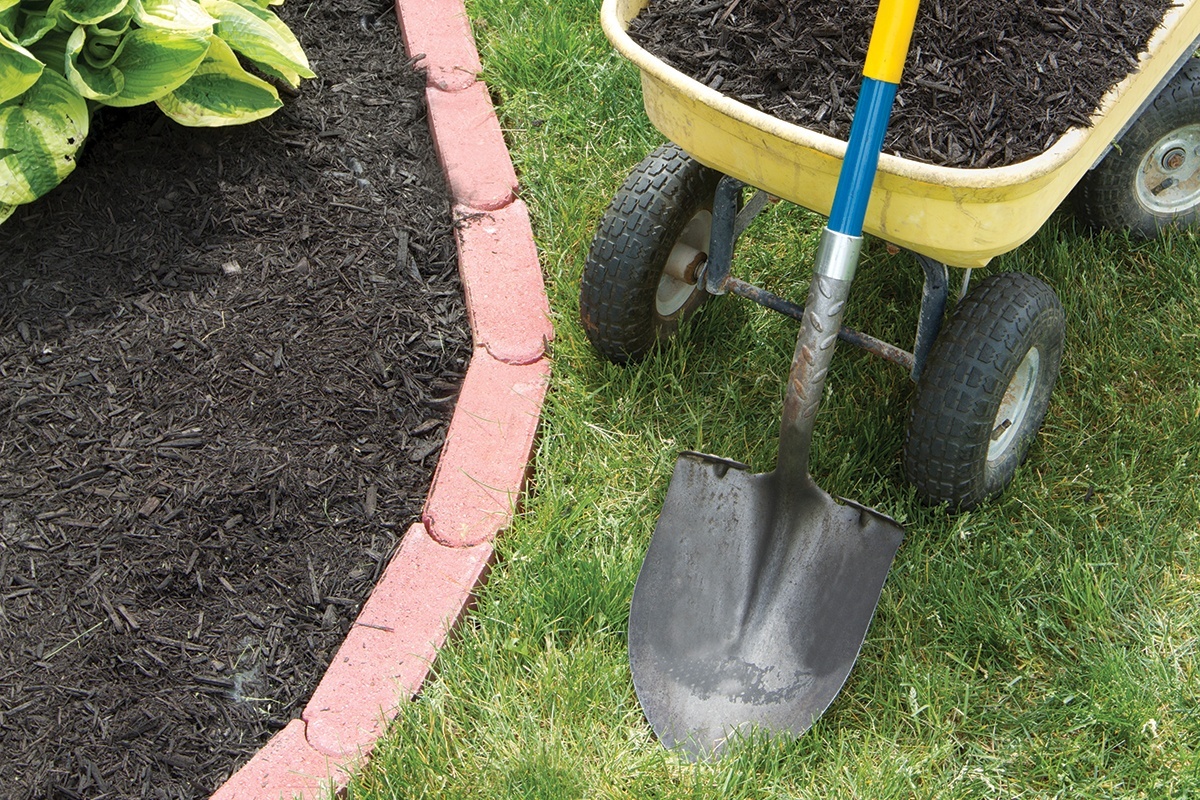Landscaping doesn’t just add beauty to your home, it also can improve your home’s comfort and lower your energy bills. On average, a well-designed landscape saves enough energy to pay for itself in less than eight years. Benefits include reduced heating and cooling costs, protection against cold winter winds and hot summer sun, and reduced water use.
Shade
Shading is the most cost-effective way to reduce solar heat gain in your home and cut air conditioning costs. In tree-shaded neighborhoods, the summer daytime air temperature can be up to 6 degrees cooler than in treeless areas. A well-planned landscape can reduce an unshaded home’s AC costs by 15 to 50 percent.
Deciduous trees block solar heat in the summer but let in sunlight during the winter because they lose their leaves in colder months. Evergreen trees and shrubs provide continuous shade because they hold onto their foliage all year long.
Check with your local nursery or do online research to determine the best trees and plants for your area. Here are some general planting tips.
- Plant a 6- to 8-foot-tall deciduous tree near your home, and it will start shading your windows in the first year. Depending on the species and the home, it will shade the roof in 5 to 10 years.
- Plant deciduous trees to the south of your home—they can screen 70–90 percent of the hot summer sun while allowing breezes through.
- Plant trees with crowns lower to the ground to the west to shade from lower, afternoon sun.
- Plant bushes, shrubs or climbing vines with a trellis to shade a patio area.
- To cool air before it reaches your home, plant shrubs and ground cover plants near your home.
Windbreaks
A windbreak reduces heating costs by lowering the wind chill near your home. It also creates dead-air space that insulates your home in the summer and winter. Windbreaks to the north, west and east of houses cut energy consumption by an average of 40 percent.
- Plant evergreen trees and shrubs to the north and northwest of your home to stop wind. The distance between your home and windbreak should be two to five times the height of the mature tree.
- Install a fence or wall in addition to evergreen trees to deflect the wind over your home.
- Plant trees on either side of your house to direct cooling wind toward it in the summer.
Saving Water
Design your landscape to not only save energy but also conserve water.
- Always group plants with similar water needs together.
- Use water-sipping types of turf grass.
- Aerate your soil to improve water flow to plants’ roots and reduce water runoff.
- Water in the morning when it is cooler and evaporation rates are low.
- In the summer, raise your lawn mower cutting height—longer grass blades help shade each other and retain more water.
- Use mulch to keep plant roots cool, minimize evaporation and reduce weed growth.
No matter where you live or what you plant, always call 811 to have underground utilities located before you dig, look up for overhead power lines and take their location into account for tree growth.


